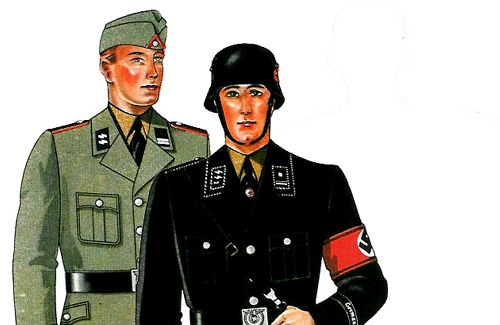Based on exclusive interviews with the legendary founder of IKEA, Ingvar Kamprad, Leading by Design tells the inside story of Kamprad’s humble roots and of the visionary concepts and innovative strategies that turned a small, Swedish mail-order company into a worldwide commercial giant.
When in 1943 at age seventeen Ingvar Kamprad founded IKEA, he had no way of knowing that IKEA would come to represent dedication to quality, a distinct design style, and convenience to the harried modern consumer. Today, more than 195 million people worldwide frequent his 150 stores in thirty countries, and almost 100 million catalogs are printed each year.
As the grandson of German immigrants who went to Sweden in search of a better life, Ingvar Kamprad grew up on a farm in a rural village. But he was no farmer. Early in his life, he discovered his natural affinity for business. From cigarette lighters and fish to Christmas cards and pens, young Ingvar devoted himself to importing and selling anything he thought he could make a profit on. Furniture was just one item in a long and fairly undistinguished list’until, in an effort to best his main competitor, he took a chance on an armless nursing chair he called Ruth. It quickly sold out. Adding a coffee table and then a sofa bed and then a chandelier, Kamprad was astonished by how quickly the merchandise moved.
The rest is business history. In Leading by Design, Bertil Torekull, a well-known Swedish journalist, reveals the genius and the secrets behind IKEA’s extraordinary success. With candor and detail, he offers insights into Kamprad’s cutting-edge management strategies, his enthusiasm to embrace innovative methods (such as producing ready-to-assemble merchandise and using a car door factory to produce affordable products with universal appeal), and the tools he used to grow the IKEA brand into a veritable industry unto itself.
More than a standard business history Leading by Design captures the essence of Kamprad himself. It is a testament to the inspiration, the ideas, and the innovations that make a good business great.

